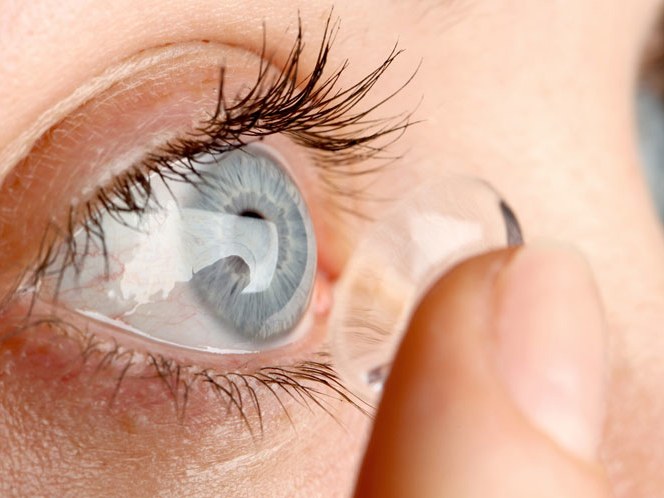How to Snooze and Lose Your Vision
When I was a teenager back in the 1960s, I saved up enough money to get contact lenses as I hated wearing glasses. I was outdoors and active a lot in the Arizona heat and when I sweat, it was near impossible to keep my glasses on or from sweating onto the lenses, making it difficult to see.
When I had the money, I went to see my eye doctor and told him I wanted to get contact lenses like my two older brothers. The doctor smiled and told me I could not wear contact lenses because I had an astigmatism in both eyes. I said that my brothers had astigmatisms and wore contact lenses. The eye doctor, Dr. Lee, told me that my astigmatisms were different from theirs and in fact was unusual. He explained that due to the shape of my eyeballs, I had good vertical vision but really bad horizontal vision. He held my glasses and rotated them from side to side and made me see how things would distort as the contact lenses would float on my eye. Back then, contacts floated and turned on the eye. Needless to say, I was extremely disappointed.
A couple of years later, my oldest brother developed an eye infection that caused him to be unable to wear his contacts for many months. It turned out that he didn’t always take his contacts out at night or properly clean them and consequently ended up with the eye infection. He was lucky as the infection was caught early and was treated with prescription eye drops.
Back when I wanted contact lenses, they were basically the hard, single focus lenses. Yes, that was many years ago and there have been many improvements in contact lenses and who can wear them. Besides the typical hard, single focus contact lenses, today you can get soft contacts, disposable contacts, weighted contacts that don’t float and rotate, different colored contact lenses to make your eyes any color you want them to be. You can even get bifocal, trifocal and progressive contact lenses.
There have also been a number of improvements in the cleaning and storing solutions used with contact lenses. They are engineered to reduce the chances of eye infections or eye irritations.
However, there seems to be one that hasn’t changed over the years. Too many people still sleep with their contact lenses in place, and like what happened to my brother so many years ago is still happening to many people today, as reported by Dr. Jon Femling, an assistant professor at the University of New Mexico School of Medicine’s Department of Emergency Medicine and lead author of the new commentary”
“Falling asleep, or even napping, without removing your contact lenses can significantly increase the likelihood of serious health problems. If you want to avoid infection, and avoid a trip to the emergency department, proper eye care is a must.”
His comments follow a report from the CDC that chronicle the cases of 6 people who all developed a condition referred to as microbial keratitis after sleeping with their contacts. Microbial keratitis is an infection of the cornea (the transparent outer later of the eye). This condition can be caused by bacteria, viruses, fungi or amoeba.
In the 6 cases referenced, they all required months of treatment to fight the infections and save their vision.
I hate to use clichés, but in the case of sleeping with contact lenses, consider making this cliché part of your daily routine – ‘you snooze, you lose’ (your vision).









Recent Comments